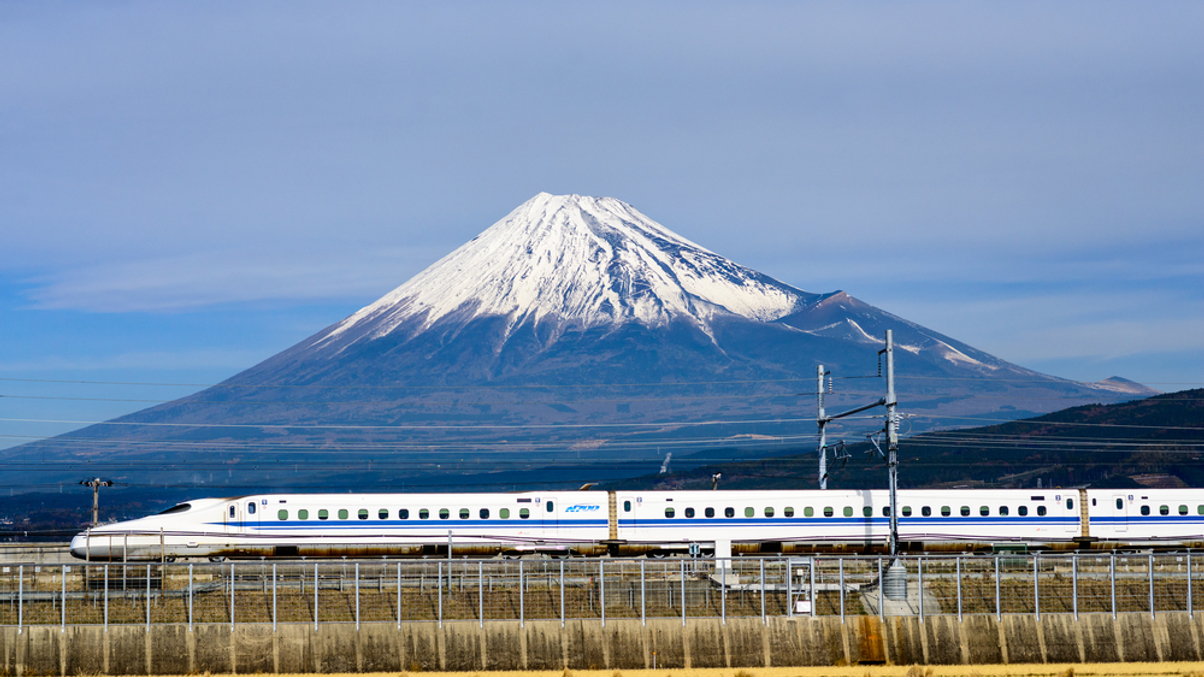This week in asset owner history: GPIF focuses on foreign property in push for alternatives
In 2018, Japan’s GPIF sought exposure to global real estate as part of a strategy to increase its alternatives portfolio - four years on, its allocation has grown nearly 500%.

On September 21, 2018, the Government Pension Investment Fund (GPIF) of Japan revealed it had handed its first global property mandate to fund-of-funds (FoFs) manager CBRE Global Investment Partners, as part of a wider push into alternative assets.
Sign In to Your Account
Access Exclusive AsianInvestor Content!
Please sign in to your subscription to unlock full access to our premium AI resources.
Free Registration & 7-Day Trial
Register now to enjoy a 7-day free trial—no registration fees required. Click the link to get started.
Note: This free trial is a one-time offer.
¬ Haymarket Media Limited. All rights reserved.


